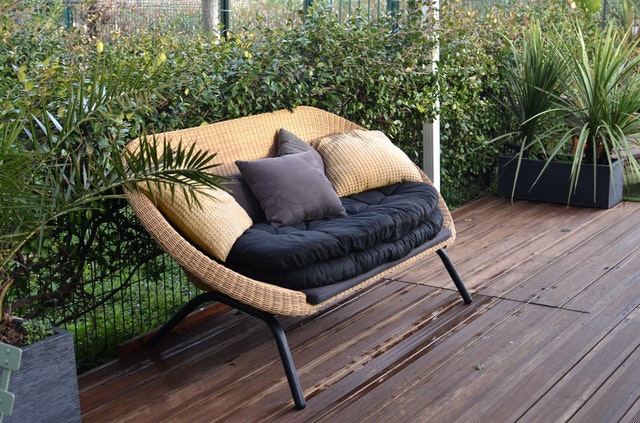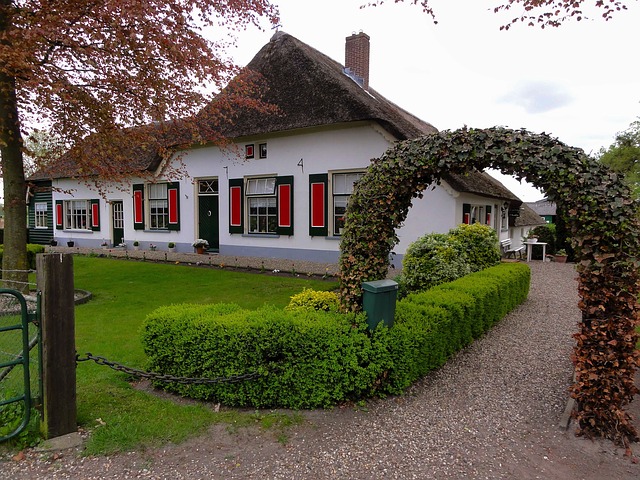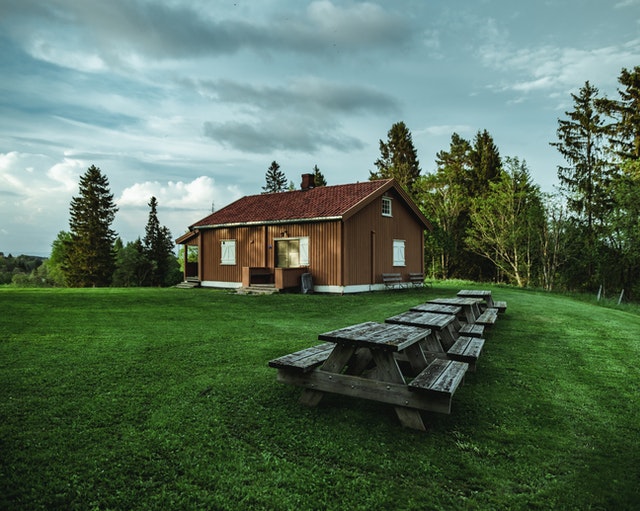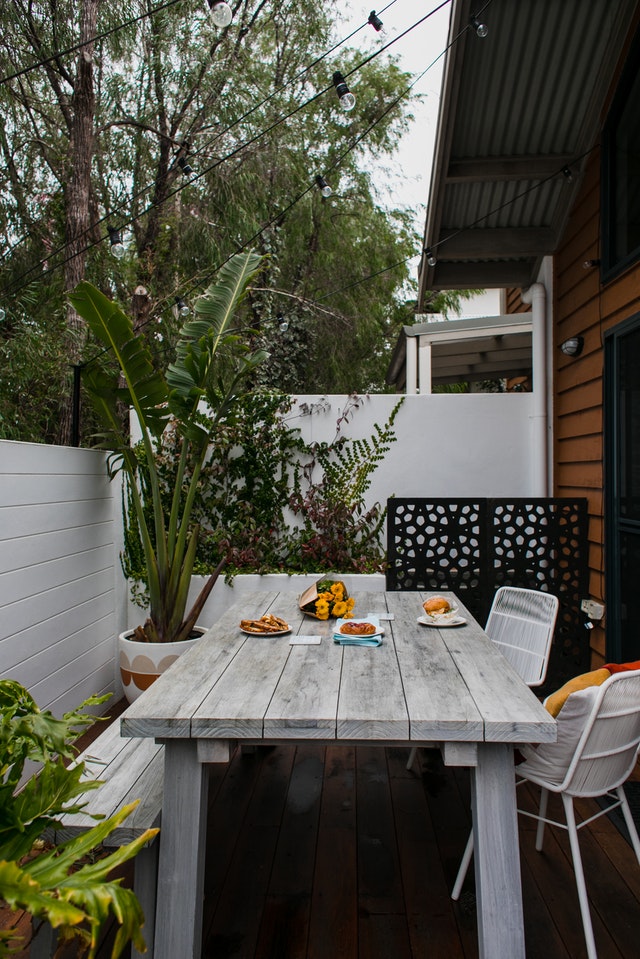Design Steps
There are so many steps to designing a garden that I thought it might be helpful at this point to zoom out and give you the big picture.
Everyone’s garden needs are different, so you’ll probably find yourself picking and choosing from this master check list. This will help you understand the process, order of operations, as well as the terminology I use in this book. Other professional designers might use different systems and vocabulary, but this road map should help get you rolling.
Design Development-Where it all begins
- Site analysis-the opportunities and constraints of your site and surrounding
- Needs assessment-what your garden
- Definition-figuring out what it all means and setting your course
Planning-giving form to your idea
- Bubble diagrams-visual brainstorming of different fonfigurations
- Schematic plan-general locations and massings of plants
- Planting concept-general locations and massings of plants
- Plant palette developmetn-generating and refining the plants you’ll use
- Final plan-detailed refinement of constructed elements (grading, drainage, paving, irrigation, lighting, walls, etc.) and plant choices and locations.
Construction-putting your ideas on (and in) the ground
- Site preparation, grading, drainage
- Hardscape-all the above-ground building: patios, paths, walls, gazebos, fountains, etc.
- Planting preparation-soil conditioning and amendment, final grading, irrigation
- Planting-the easy part
- Clean-up-making the yard useable
- Maintenance-getting plants established, then meeting their ongoing needs for trimming, feeding, and weed and pest control using safe, sustainable practices.
You’ll be meeting most of these steps in more or less detail throughout the book.
A world of possibilities
There’s probably no end to all the things you could pack into a landscape, from miniature railways to a giant water slide. I’ll leave it to you to stretch the limits, but here’s my brain-dump of useful spaces, amenities and ideas worth considering before finalizing your design. Plug in a few as keyword searches on your compoter, then click”images” and see if anything cool pops up….
Kids’ play: swing, climber, sandbox, safe fall-surfacing, wet play, trike track, skate ramp, butterfly garden, tree house, bean-pole tent, camping, miniature golf, chalk art, mud, trampoline, tumbling, gymnastics, wading pool, room to throw or kick a ball or toss a frisbee
Pets: soft paths for dogs to race on, graceful grasses for cats to bat about, sunny spots to nap, covered places to get out of the rain, poisonous plants to avoid (check with ASPCA or your vet)
Homesteading: veggie beds, potting table, composting, orchard, edible ornamentals, cutting flowers/roses, herbs, vertical gardens, greenhouse, bee-keeping, chickens
Nature: attractors for butterflies, bees, beneficial insects and hummingbirds, bird feeders, bird bath, nesting material, shelter, native plants, nesting boxes, nature trail, critter-proofing, fish, frogs
Activities: dining, cooking, serving, sleeping, playing, sipping, hobbies, sports, soaking, swimming, horseshoes, croquet, lawn bowling
Ambiance/décor: lighting(electrical,gas, candle), fragrance, pavilion, privacy, mystery, audio,noise-masking,misting,fireplace/fire pit, gas heating, water feature,art/scupture,shade structure/shade sail/umbrella, container garden, bench,chair,table,hammock,day bed
Practical: storage, outdoor shower, trash enclosure, dog run, parking, security, privacy, bug-proofing, wind-screen
Safety: grading, drainage, firescaping, slip-resistance, visibility, handrails, pollen/allergies, retaining wall, pool enclosure, plant toxicity (humansss and prts), sloppe trentention
Sustainability: Water conservation, “smart” irrigation controllers, native plants, organic gardening, integrated pest management, tecycled/reused materials, storm water run-off, water harvesting, green roof, local materials, fosil fuel-free tools, composting, permaculture
The design starts here: the now what? drawing
“I did the analysis, but now I’ve got a lot of conflicting information. Can’t I just start picking out my plants?” Not so fast, Buster. This is when the creative design process really starts, responding with your gut reaction to everything you’ve observed and recoreded so far. It’s time to summarize the volumes of input and sonsider how to address the issues you’ve raised. Most likely, the analysis alerted you to opportunities you hadn’t considered, and constraints that you’ll have to overcome or adapt to.
What I call the Now What? Drawing is based on the same sketch you used for the sdite analysis-that simple, pared down drawing of your yard, minus most of the stuff you’ll want to consider changing.( That’s why I asked you to make copies of your original site map before you marked it up.)
For example, if you noted in your analysis that the front bedroom lacks privacy, do not respond on the Now What? Drawing with “plant six hydrangeas in acurving, 12-foot long by 6-foot wide bed using a backfill mix of thrree parts native soil and one part fir bark compost.” Do that and you’ve squashed any other possibilty, like installing a vine-covered trellis instead, or converfting your yard to an orchard,or making the entire spacee into an enclosed courtyard with a bubbkling fountaion. Simple and obvious as it seems, just jot a mote on the drawing, in the general geaographic area, stating your intrntion to “Make yard more private.” The final decision of how you’ll do that comes later.
Look at my Now What? Drawing on this page. It was done on a clean copy of the sketch I used for a client’s site analysis. You’ll see the general idea.
For your own Now What? Drwaing, your objective is to respond to all the data-objective and subjective-that you’ve accumulated. This is importaant: Your responses need to remain vague and open-eneded, because if you start fusssing with the details too soon, you’ll stifle those creative juices. You might miss the possibility of choosing from a variety of solutions, some better than your first flash of brilliance.
Continue making notes on the drawiong, capturing your instinctive first thoughts. If you know your family wants a place for entertaining larger groups, write: “Enlarge dining patio for 10-person sit-down dining.” Need a place to read the Sunday funnies? Add a note near the big shade tree: “Chillax-a-torium.”
When you’re done, look the drawing over and stash it in your Home Design Studio. There’s a good chance your final design will incorporate a lot of these solutions. But you don’t want to closer the door on that lightning bolt that’s going to wake you up in the middle of the night. Good design needs a relaxed, gestational period.
So, while it’s gestating, let’s talk style for a while.





